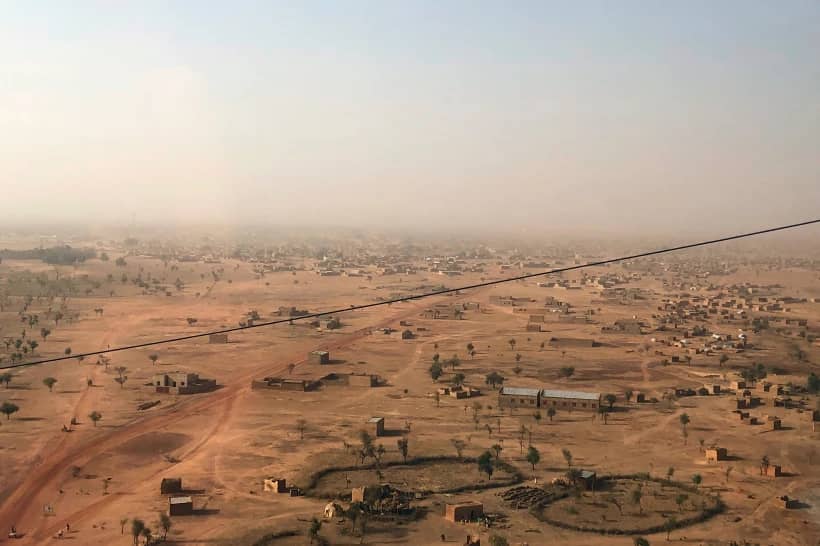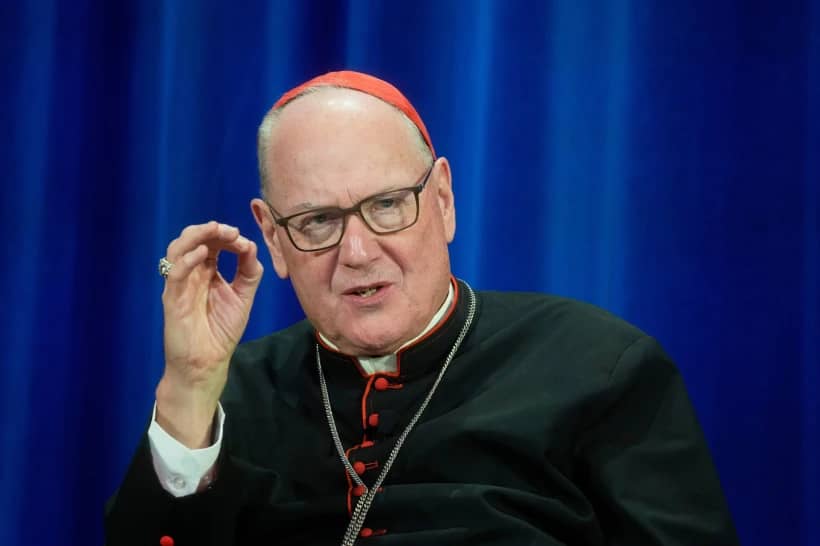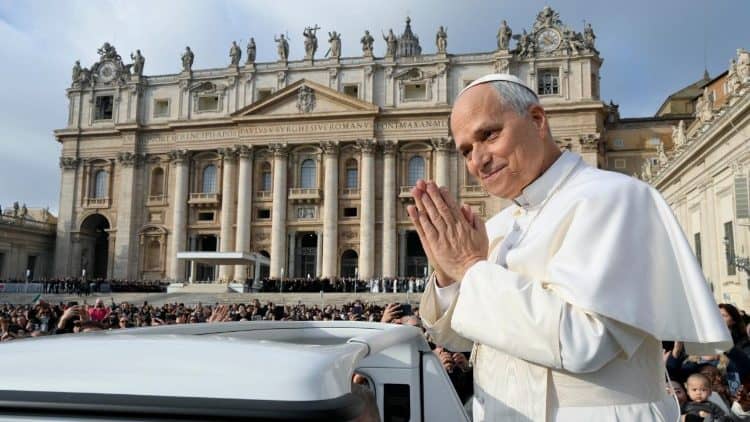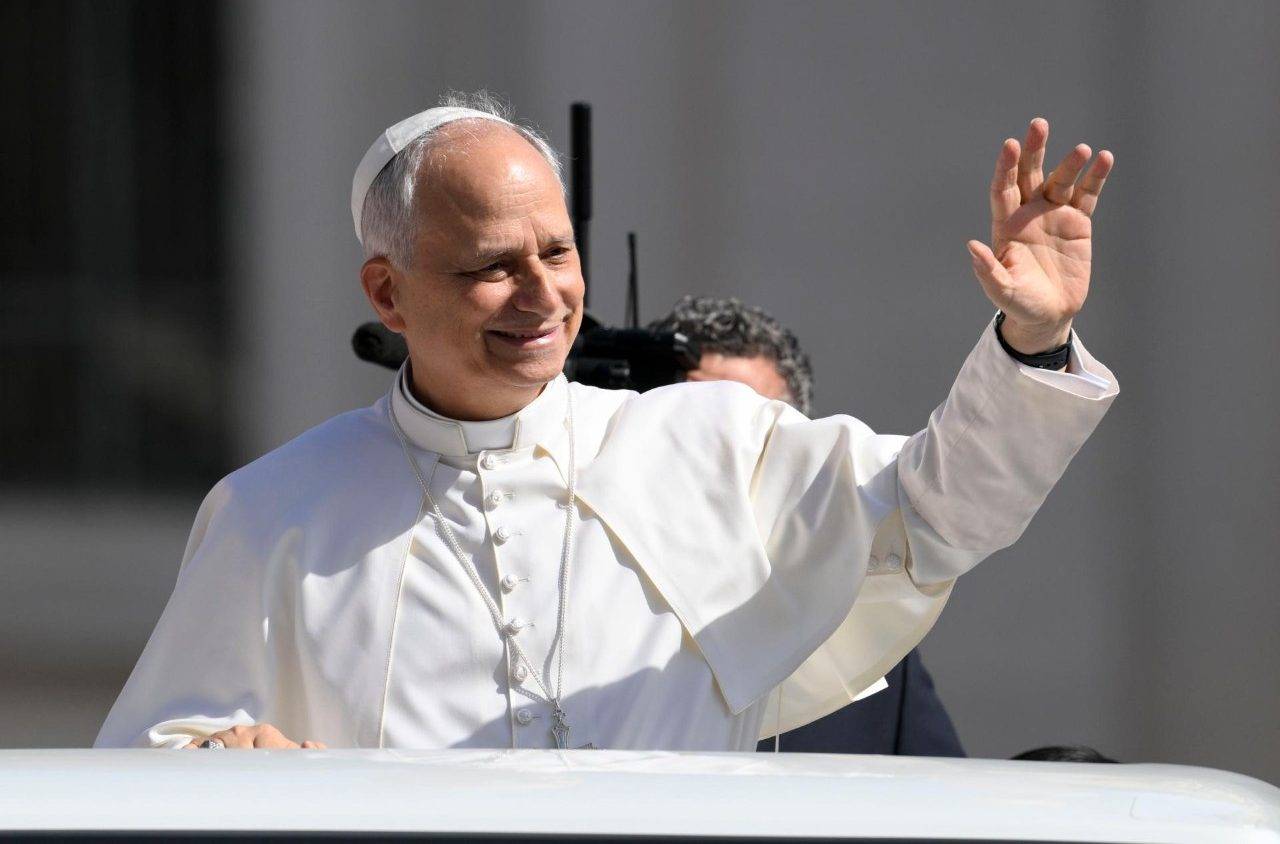By all accounts, Pope Francis’s visit yesterday to Rome’s Church of St. Bartholomew, which houses a memorial to the Church’s new martyrs, was a moving affair.
“The living legacy of the martyrs today gives us peace and unity,” Francis said. “They teach us, with the force of love, with tenderness, that one can struggle against power, against violence, against war, and do it with patience and peace.”
There’s no questions that anti-Christian persecution around the world today is staggeringly bad, and getting worse. The hard part is knowing what to do about it, and on that front, alas, a pope’s options often are as limited as everyone else’s.
Many Christians today, such as those in North Korea and China, fall victim to an authoritarian police state. Others find themselves in the line of fire for their stands in defense of justice, as countless new martyrs in Congo, Colombia, and other countries illustrate.
Still other Christians are victims of religious extremism, whether Islamic terrorism in the Middle East and parts of Africa, or Hindu fundamentalism in India and radical Buddhist nationalism in Myanmar.
Popes can, of course, use their bully pulpits to raise awareness about such situations, which was the point of Francis’s visit to the memorial on Saturday. They can also use the diplomatic leverage of the Vatican to try to exert pressure on offender countries to change their ways.
In principle, however, lots of other actors can do similar things. There is, however, one thing a pope and a pope alone can do, which would make a powerful statement about the importance of the new martyrs: Fast-track their sainthood causes.
Certainly Francis is not shy about putting causes on an accelerator. He’s already engineered more “equipollent” canonizations, meaning one in which the usual miracle requirement is set aside, than any pontiff since Leo XIII (1878-1903), famously including the canonization of St. Pope John XXIII. Over 2013/2014, he dispensed with the miracle requirement in five cases in order to canonize celebrated evangelizers.
With martyrs, there’s no miracle requirement for beatification, since the death itself is considered a miracle of grace. There is still, however, a miracle for canonization – but as Francis has shown, when he wants to recognize people for some reason, that doesn’t have to stand in the way either.
In addition, Francis himself has already set the precedent in the case of French Father Jacques Hamel, whose throat was slit while saying morning Mass in a parish in Normandy by two assassins professing loyalty to ISIS on July 26, 2016.
That atrocity set off shock waves around the world, and clearly touched Francis.
In October, the Vatican’s Congregation for the Causes of Saints told Archbishop Dominique Lebrun of Rouen, Hamel’s bishop, that Francis had waived the normal five-year waiting period for opening a sainthood cause.
The pope had anticipated that decision when he said a Mass for Hamel in September, which Lebrun attended, and signed a photo of the murdered priest. The pontiff told Lebrun to put the picture on the altar in church, because, as Lebrun recalled Francis’s words, “he (Fr. Hamel) is blessed now; and if someone tells you that you have no right, you tell them that the pope has given you permission.”
Theologically and spiritually, every martyr’s death has the same value. The problem with Hamel as a symbol, however, is that he was a European, whereas the overwhelming majority of the Church’s new martyrs are from the developing world.
However, Pope Francis has a natural opportunity coming up to fast-track a group which perfectly embodies today’s realities: The martyrs of Kandhamal, India.
Kandhamal is a district of the eastern Indian state of Odisha, formerly known as Orissa, where an orgy of violence descended upon the impoverished Christian minority in August 2008. A series of riots led by radical Hindus left roughly 100 people dead, thousands injured, 300 churches and 6,000 homes destroyed, and 50,000 people displaced, many forced to hide in nearby forests where more died of hunger and snakebites.
The violence was carried out by mobs adorned with saffron headbands, a sign of right-wing Hindu militancy, and shouting slogans such as Jai shri ram! – victory to the Hindu god Ram – and Jai bajrang bali! – a tribute to another Hindu deity. Attackers wielded rods, tridents, swords, firearms, kerosene, and even acid.
What happened almost defies belief. Christians were hacked to death, their intestines ripped out and worn around like macabre war trophies. A Catholic nun was gang-raped and paraded naked through the village. Christians were burned with acid, beaten, and buried alive.
Father Bernard Digal was beaten while trying to rescue another elderly priest, and was left for dead. He somehow survived and was airlifted to a Mumbai hospital, where he lasted for a month before succumbing to a fever contracted during his ordeal.
The martyrs of Kandhamal are ideal representatives of contemporary martyrdom, because in addition to being Christians, they were poor, members of downtrodden ethnic minorities, largely illiterate, and basically forgotten. It was also an ecumenical sacrifice, as Catholics died in the company of Anglicans, Evangelicals and Pentecostals.
Pope Francis is set to travel to India this fall. If he were to announce his plans to canonize the martyrs of Kandhamal, and add a stop there to his itinerary, it would cast the brightest spotlight imaginable on their memory, and on the broader panorama of Christian suffering.
Popes may not have a magic wand to make anti-Christian persecution go away, but neither are they powerless. Employing his unique authority to lift up new martyrs as saints is one powerful tool, and Kandahamal is a priceless chance for Francis to deploy it.

















